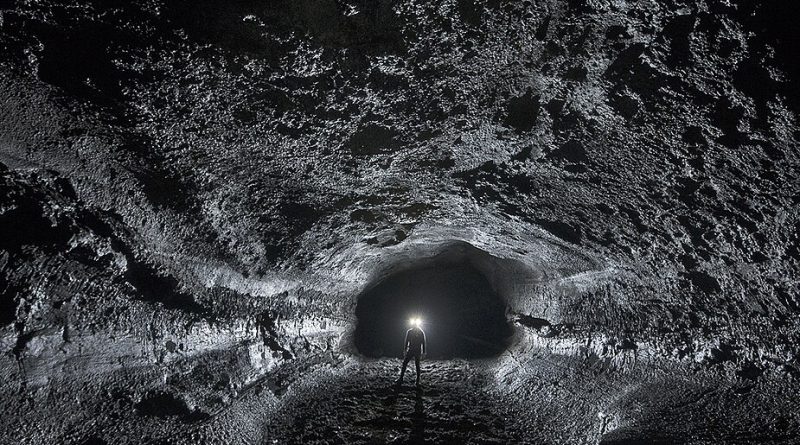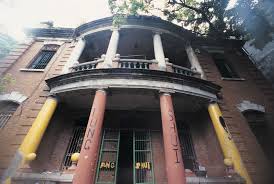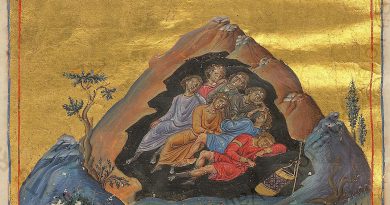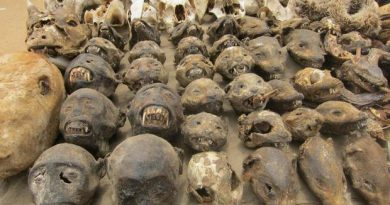Echoes of Fire: The Dark Secrets of Surt’s Lair
Deep within the rugged, snow-capped mountains of Scandinavia lies a place shrouded in myth and terror—a place known as Surt’s Cave. Named after Surt, the fire giant of Norse mythology who is prophesied to bring about the end of the world during Ragnarok, this cavern has long been a source of fascination and fear. Over the centuries, it has been associated with banditry, gruesome mutilations, and eerie supernatural phenomena. The mysteries surrounding Surt’s Cave have captivated historians, archaeologists, and adventurers alike, but its secrets remain largely unsolved. What is it about this cave that has inspired such dark legends? And is there any truth to the tales of bandits, mutilations, and the fire giant himself?
The Legend of Surt: The Fire Giant
To understand the mystique of Surt’s Cave, one must first delve into the mythology of Surt, the fire giant. In Norse mythology, Surt (or Surtr) is a primordial being who rules the fiery realm of Muspelheim. He is described as a towering figure wielding a flaming sword, destined to lead the forces of chaos during Ragnarok, the apocalyptic battle that will result in the death of the gods and the rebirth of the world. Surt’s role in the end times is both destructive and transformative, as his flames are said to cleanse the world, paving the way for a new era.
The connection between Surt and the cave is unclear, but local folklore suggests that the cave is either a gateway to Muspelheim or a place where Surt once dwelled. Some legends claim that the cave is imbued with Surt’s fiery essence, causing strange phenomena such as unexplained heat, flickering lights, and even spontaneous combustion. Others believe that the cave is cursed, a place where Surt’s wrath manifests in the form of misfortune and death.
Bandits and the Cave’s Dark History
While the mythological aspects of Surt’s Cave are intriguing, its historical associations are equally compelling. During the Viking Age and the medieval period, the cave was said to be a hideout for bandits and outlaws. Its remote location and labyrinthine tunnels made it an ideal refuge for those seeking to evade capture. According to local accounts, these bandits were not mere thieves but ruthless marauders who terrorized nearby villages, pillaging and killing without mercy.
One particularly gruesome tale tells of a bandit leader known as Bjorn the Black, who used the cave as his base of operations. Bjorn and his men were said to be so vicious that they would mutilate their victims, leaving behind a trail of severed limbs and scorched bodies. Some believe that these mutilations were ritualistic, intended to honor Surt and gain his favor. Others speculate that the bandits were driven mad by the cave’s eerie atmosphere, which was said to induce hallucinations and paranoia.
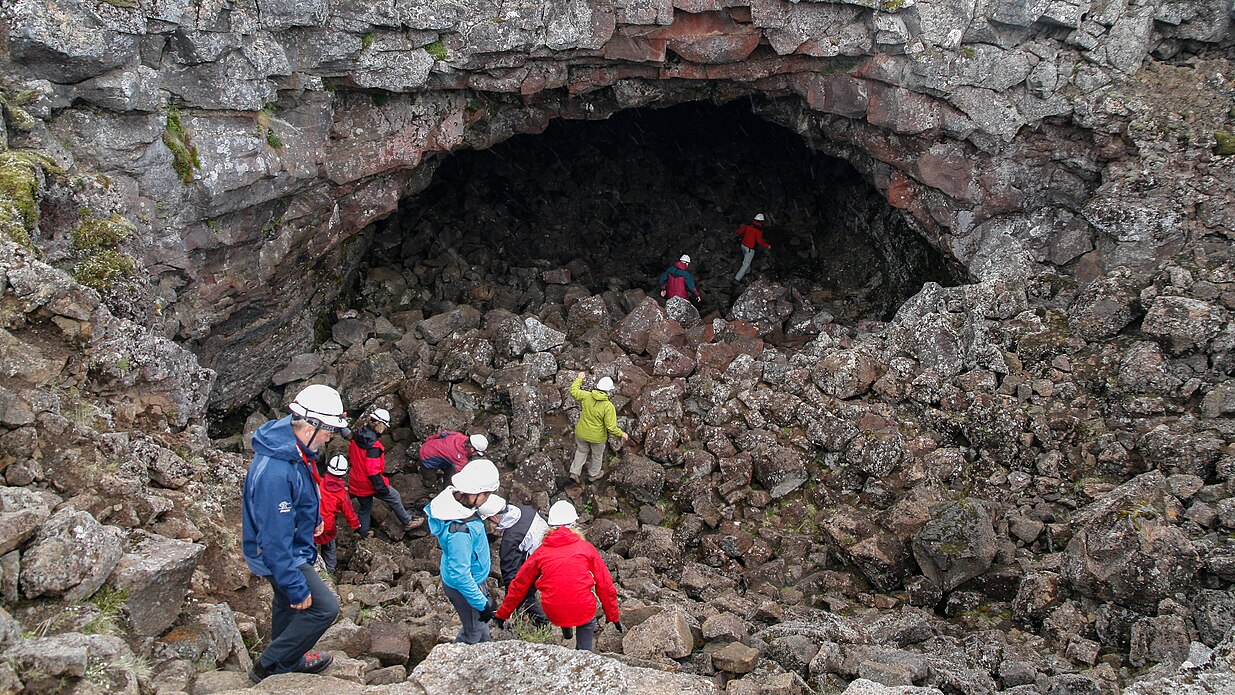
Archaeological evidence supports the idea that the cave was used by outlaws. Excavations have uncovered remnants of weapons, charred bones, and crude carvings depicting fire and destruction. However, the exact nature of the bandits’ activities remains a mystery. Were they merely criminals, or were they part of a darker, more sinister cult?
Mutilations and Supernatural Phenomena
The mutilations associated with Surt’s Cave are perhaps the most disturbing aspect of its history. Over the centuries, there have been numerous reports of mutilated bodies found near the cave, often with signs of burning or dismemberment. In some cases, the victims were said to have been drained of blood, leading to speculation that the cave was home to a vampiric entity or a cult that practiced blood rituals.
One of the most famous cases occurred in the 19th century, when a group of explorers ventured into the cave and never returned. A search party later discovered their mutilated remains, with some of the bodies partially melted, as if exposed to extreme heat. The incident was never fully explained, and it fueled rumors that the cave was haunted by Surt’s vengeful spirit.
Modern investigators have also reported strange occurrences in and around the cave. Some have claimed to hear disembodied whispers or feel sudden bursts of heat, even in the coldest months. Others have described seeing shadowy figures or glowing eyes in the darkness. While skeptics attribute these phenomena to natural causes or overactive imaginations, believers insist that the cave is a portal to another realm, one inhabited by Surt and other supernatural beings.
Scientific Explanations and Unanswered Questions
Despite the many legends and accounts, scientists have struggled to explain the mysteries of Surt’s Cave. Geologists have noted that the cave is located near a volcanic fault line, which could account for the heat and occasional tremors. However, this does not explain the mutilations or the bizarre phenomena reported by visitors.
Some researchers have suggested that the cave’s unique geology may produce infrasound—low-frequency sound waves that can cause feelings of unease, hallucinations, and even physical harm. This could explain why so many people have reported strange experiences in the cave. Yet, even this theory falls short of explaining the mutilations and the historical accounts of banditry.
Another possibility is that the cave was used for ancient rituals, possibly involving human sacrifice. The carvings and artifacts found in the cave suggest that it held some religious or spiritual significance, though the exact nature of these practices remains unclear. Could the mutilations have been part of a ritual to appease Surt or summon his power? And if so, what became of those who performed these rituals?
The Allure of the Unknown
The mysteries of Surt’s Cave continue to draw adventurers and researchers, each hoping to uncover the truth behind its dark legends. Yet, the cave remains an enigma, a place where myth and reality blur, and where the line between the natural and the supernatural is often indistinguishable. Whether it is the lair of a fire giant, a haven for bandits, or a site of ancient rituals, Surt’s Cave stands as a testament to humanity’s enduring fascination with the unknown.
As long as the cave’s secrets remain hidden, it will continue to inspire tales of terror and wonder, reminding us that some mysteries are perhaps best left unsolved. For those brave enough to venture into its depths, Surt’s Cave offers not only the thrill of discovery but also a chilling reminder of the power of myth and the darkness that lies within us all.
It was long thought that the cave and the passages that intersect the cave’s main tunnel were used as hideouts for outlaws and bandits who would steal livestock from the farmers and shepherds living in the area. However, the earliest reference to the cave by name, in the 12th-13th century Icelandic “Book of Settlements” (Landnámabók) describes the 150 km journey of a chieftain’s son, Þorvaldur holbarki (“hollow throat”) Þorðarson, through Iceland’s interior to sing a poem of praise (a “drápa”) – a ritual act – to the giant that lived inside “hellisins Surts”, Surt’s cave. Archaeological research inside the cave in 2001, 2012, and 2013 has shown that remains once thought to be evidence of outlaws’ activity in the cave – including bones of domestic sheep/goats, horses, pigs, cattle, and possibly fowl – instead document evidence of Viking Age ritual activities undertaken inside the cave for 65-100 years prior to Iceland’s conversion to Christianity around AD 1000.
The cave itself has long been a source of superstition for the Icelanders inhabiting the nearby farms. Eggert Ólafsson recalled having been warned by locals of the ghosts that were said to dwell within and was assured that his party would be killed by them if they were to enter. Surtr himself was said to have once lived within the cave and, being a fire giant, to have been the cause of the cave’s creation.
Surtshellir is in close proximity to another lava cave, Stefánshellir, with which it forms a complex referred to as the Surtshellir-Stefánshellir system.
